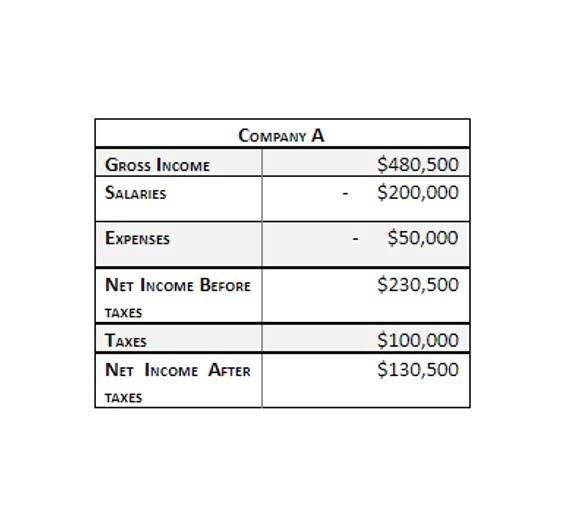
And, you’re increasing your Cost of Goods Sold (COGS) Expense account. Your COGS represents how much it costs you to produce the item. Remember that your debit and credit columns must equal virtual accountant one another. Your Accounts Receivable total should equal the sum of your Sales Tax Payable and Revenue accounts. You’ll also need to increase your Revenue account to show that your business is bringing in the amount the customer owes. Notice how we used the “Sales” account to combine both the goods sold and the service provided.
How to Make a Sales Journal Entry in Your Books

Credit sales have a direct effect on accounts receivable, whereas cash sales directly affect cash. Between the two, cash sales are the easiest to account cash flow for. The transaction is complete at the point of sale, keeping track of the financial status is easy, and there are fewer journal entries.
- It eliminates the need for the seller to extend credit to the buyer and allows buyers to pay in various forms.
- They have a journal entry system that records each transaction and keeps a running total of income.
- It’s a record made to keep track of the various business transactions that occur.
- The cash you snag from these sales gets recorded as sales under the revenue section of your income statement (cha-ching!).
- This eliminates the need for sellers to extend credit to customers, as they are not at risk of bad debt.
- To create a journal entry in your general ledger or for a sale, take the following steps.
How to make a sales accounting entry: Services
- Some accounts are increased by debits and decreased by credits.
- You can efile income tax return on your income from salary, house property, capital gains, business & profession and income from other sources.
- When a specific accounts receivable is deemed uncollectible, it is written off against the allowance for doubtful accounts in the A/R journal entry accounting records.
- Sales journals are an integral part of transactions in a business.
- Another double entry bookkeeping example for you to discover.
- When goods are sold for cash, they are cash sales but, if goods are sold and payment is not received at the time of sale, it is credit sales.
This transaction is recorded with a debit to Bad Debt Expense and a credit to Accounts Receivable and included in an accounts receivable aging report. Think of a journal entry as the Snapchat of accounting—capturing a moment in your business’s financial life. It’s a record made to keep track of the various business transactions that occur. These entries are usually recorded in the company’s general ledger, which is like the grand archive of all your financial dealings. Cash Sales opposite from credit sale which seller allows the customer to use goods or services and settle balance later.

Cash Sales Journal Entry Example
That’s the stuff of nightmares—money owed to you that you’ll likely never see. With cash sales, you can sleep easy knowing you’ve got the cash in hand. Learn how to make a cash sales journal entry for your business, whether you sell goods or services. When customers make payments in cash, businesses do not need to worry about bad debt or the need to chase up payments. As a result, cash sales can help to improve cash flow and overall liquidity.
What is a cash flow statement?
- It’s like the yin and yang of accounting—keeping everything balanced.
- Here cash is coming into the business, so according to the rules, Cash account will be debited while passing the journal entry.
- As a result, you must increase your Accounts Receivable account instead of your Cash account.
- This action would debit the Bank, raising its balance, and credit the Cash, lowering its balance.
- Cash sales are important because they provide the business with a steady flow of income, allowing it to pay for expenses and other obligations.
- Being the prompt payer he is, Mr. Michael pays you in cash on the spot.
Do you think I should reduce my journal entry for sales each by the amount of cash register deposits, and classify the cash register deposits as sales to simplify the process. On the other hand, accounts payable journal entries document purchases made on credit, leading to an increase in both the accounts payable (liability) and expense accounts. To write off an accounts receivable journal entry, debit the Allowance for Doubtful Accounts and credit the Accounts Receivable account for the amount of the uncollectible debt. Accounts receivable journal entries are not always debit entries.

The transactions are listed in chronological order, by amount, by accounts that are affected, and in what direction those accounts are affected. Depending on the size and complexity of the business, a reference number sales journal can be assigned to each transaction, and a note may be attached explaining the transaction. Sometimes, transactions are first jotted down in a subsidiary ledger before being summarized and sent up to the big leagues in the general ledger. The info in the general ledger is then used to whip up your financial statements—the income statement, the statement of cash flows, and the balance sheet.
Leave a Reply